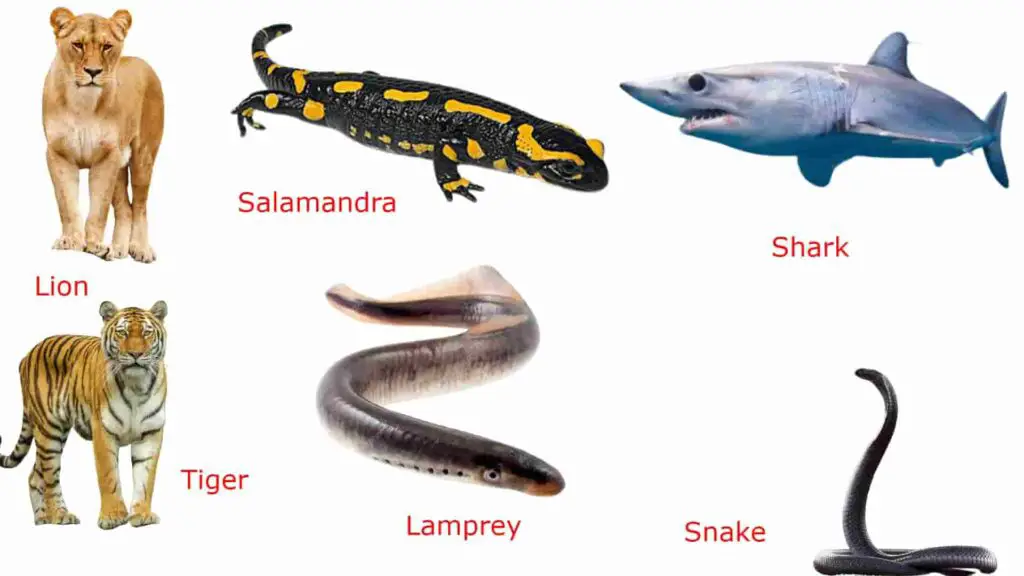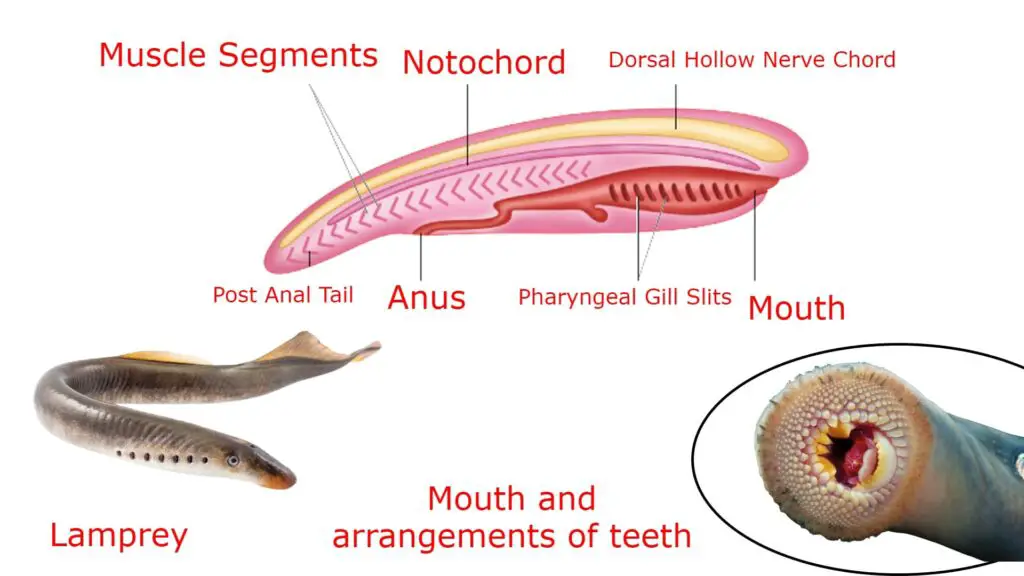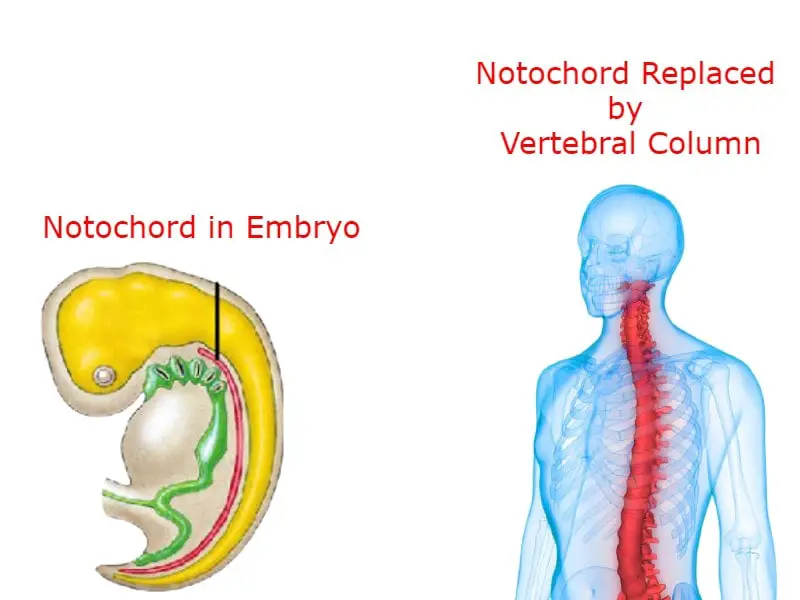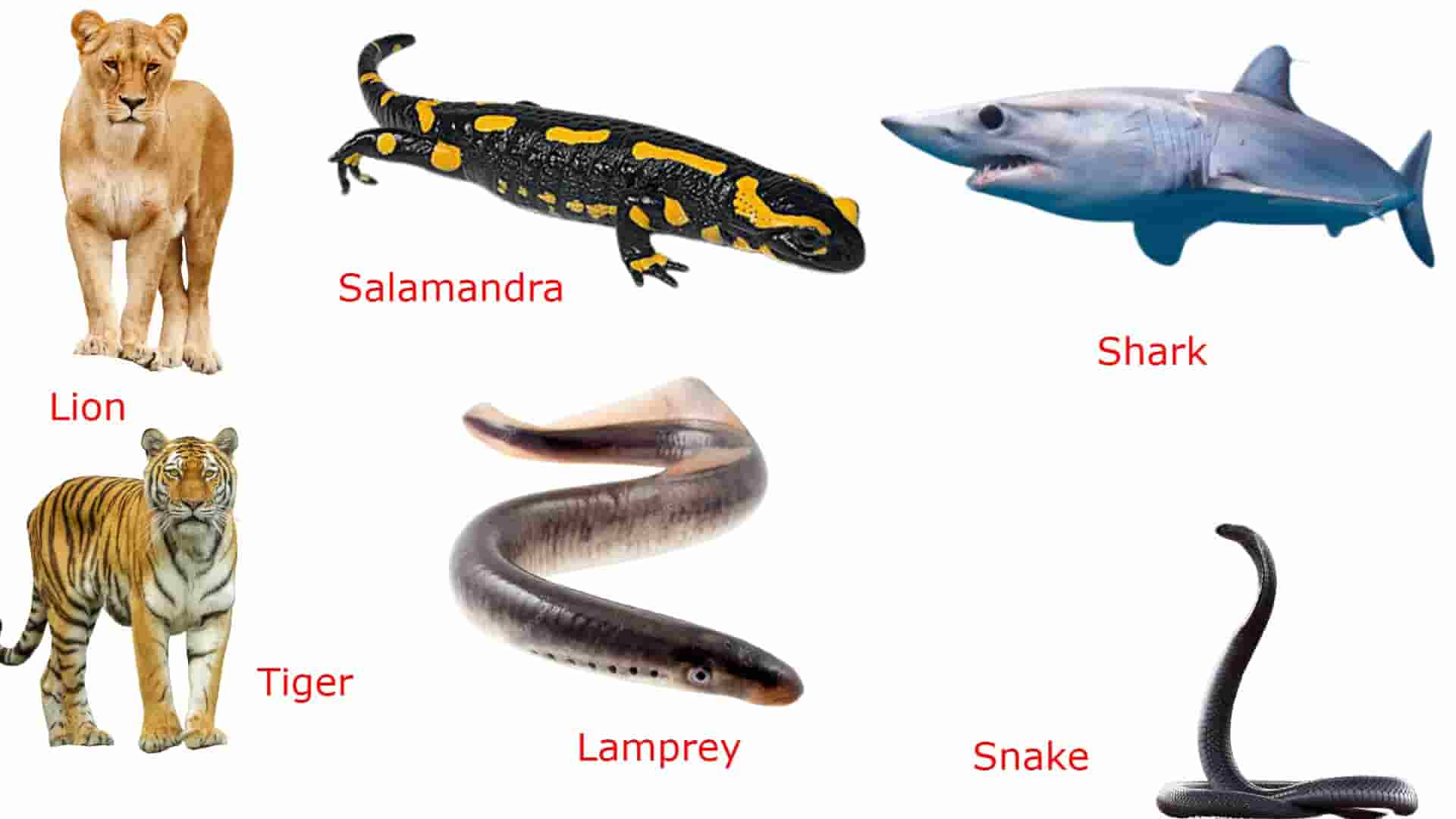Hi, now we are going to discuss the phylum Chordata and the definition which separates them from other groups of organisms and we also discuss some examples which will help us to understand phylum Chordata.
Table of Contents
Definition of Chordata | What is Chordata:
Chordata is a special group of animals among our earth with great diversity but now we will try to define them to make a border which will separate this group from other animals.
If we try to understand the origin of the words Chordata then we should consider the Latin word “chorda“, the word “chorda” refers to “string” or “chord” and if you know already the general characteristics of phylum Chordata then you are aware of the notochord.

Due to the presence of notochord in one point of their lifecycle, they are known as Chordata but the only notochord is not the defining characteristics of phylum Chordata, there are some more characteristics of phylum Chordata.
So from the above discussion, we can conclude that we can say the Chordata to the phylum of animals who show string or chord like notochord or dorsal hollow nerve chord at least at a point of their life cycle.
So to determine an animal if it is Chordata we have to follow its whole lifecycle because in some Chordata we can see notochord throughout the lifecycle but in some cases, the animals show notochord only at a certain phase of the lifecycle.
Examples of Chordata:
Lampreys:
They are jawless fish and they are known for their long larval stage and they remain in the larval stage for years and when they reach the adult stage then they become parasites.
Their buccal cavity has special circular arrangements of teeth which helps them to attach with the host body surface and such nutrition from there.
If we try to find the characteristics of Chordata in lampreys then we will find all the necessary characteristics of phylum Chordata in lampreys, like dorsal hollow nerve chord which formed from ectodermal tissue during their development and the ectodermal tissue roll and give a hollow rod-like shape which is a Chordata feature.

In lampreys, the notochord is present which enables them to swim in a much easier way because the notochord takes part in mechanical cues and signaling during their swimming.
During the larval stage, lampreys rely on a filter-feeding mechanism, and some slits like structures between their pharynx and throat help in passing water through their mouths which easily makes their filter-feeding and this feature, pharyngeal gill slits also a characteristic feature of phylum Chordata.
In the adult stage, the pharyngeal gill slits help in respiration and another Chordata features post-anal tail is also present in lampreys so we can place lampreys under phylum Chordata.
Vertebrate:
They are the most important and dominant group of phylum Chordata and the main feature of vertebrates, the vertebral column is the modified form of the notochord and we can see the notochord in the form of the vertebral column throughout their life.
So different vertebrate animals group like amphibians, reptiles, birds, mammals are examples of Chordata but some features of phylum Chordata is not present throughout the life of vertebrate.

For example in humans, a member of mammals do not show pharyngeal gill slits throughout their life but if we notice the human development process then we can find pharyngeal gill slits in their embryonic development stage and it is also true for the post-anal tail which is not present in adult human but present in a certain phase of their life.
In the case of frogs which are members of amphibians do not show all the features of Chordata throughout their life, for example, adult frogs do not show post-anal tail and pharyngeal gill slits but in tadpoles, they show pharyngeal gill slits and a post-anal tail.
| Characteristics and Classification of Aves |
| Characteristics and Classification of Amphibia |
| Classification of Animal Kingdom |
| Characteristics of Lower Invertebrates |
| Basis of Classification in Animal Kingdom |
Hi Everyone!!! Welcome to Imaluop. Imaluop always try to learn some new and he want to share to other people. Here we will try to learn various topics on Science, specially on Biological Sciences.
